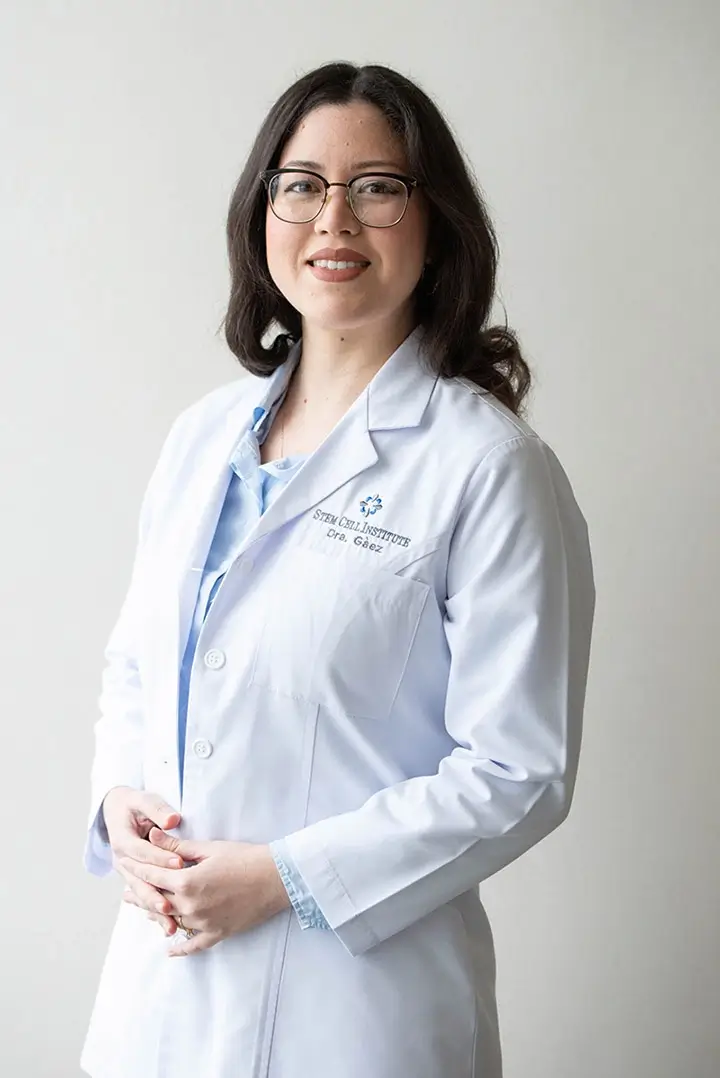(Zhang et al. Am J Sports Med. ) Platelet rich plasma (PRP) contains products of activated platelets which include numerous growth factors such as fibroblast growth factor, hepatocyte growth factor, insulin like growth factor, etc. Conventionally, PRP is used to promote various healing processes. In the area of sports medicine PRP has been used for the treatment of cartilage injuries and to accelerate their repair.
Given that numerous repair processes have been associated with stem cells, in the current study researchers sought to determine whether PRP may yield an effect on stem cell populations found in the joint called tendon stem cells (TSC).
The scientists found that treatment of TSC with PRP led to the cells taking on a large, well spread, and highly elongated shape. Furthermore, treatment with PRP results in a decrease of nucleostemin expression, which is associated with TSC activation. Treatment with PRP also enhanced TSC proliferation, tenocyte-related gene and protein expression, and total collagen production, all of which indicated that PRCR treatment induced differentiation of TSCs into activated tenocytes.
The possibility that PRP stimulates TSC may be examined in vivo in future experiments. For example, it would be interesting to see which of the many growth factors actually is responsible for the high proliferative response of the TSC.
One other area of interest is whether PRP may be used in absence of tissue culture media for stem cell expansion. Currently one of the major limiting factors in the area of cell therapeutics has been the lack of appropriate supply of fetal calf serum for en masse cell manufacturing. If the growth factors released by PRP are strong enough to stimulate cell proliferation in vitro, then this may be a solution to a big hurdle.

